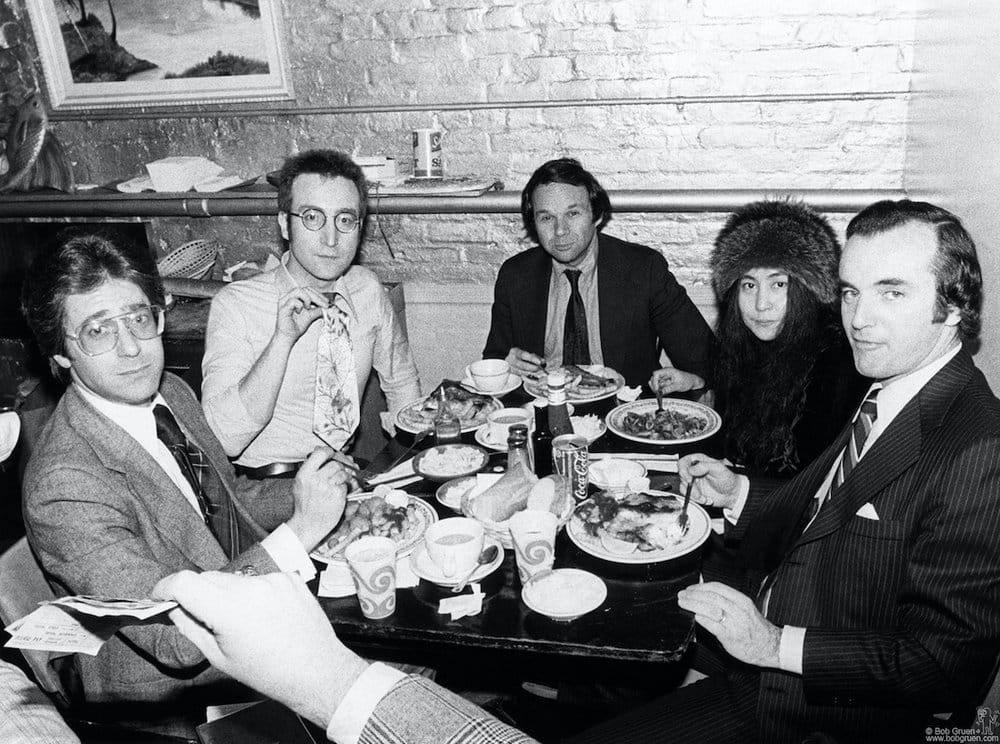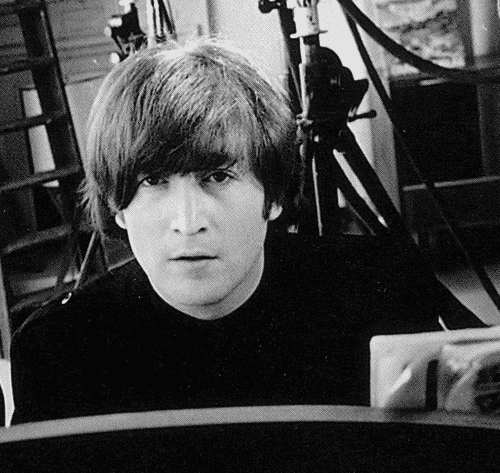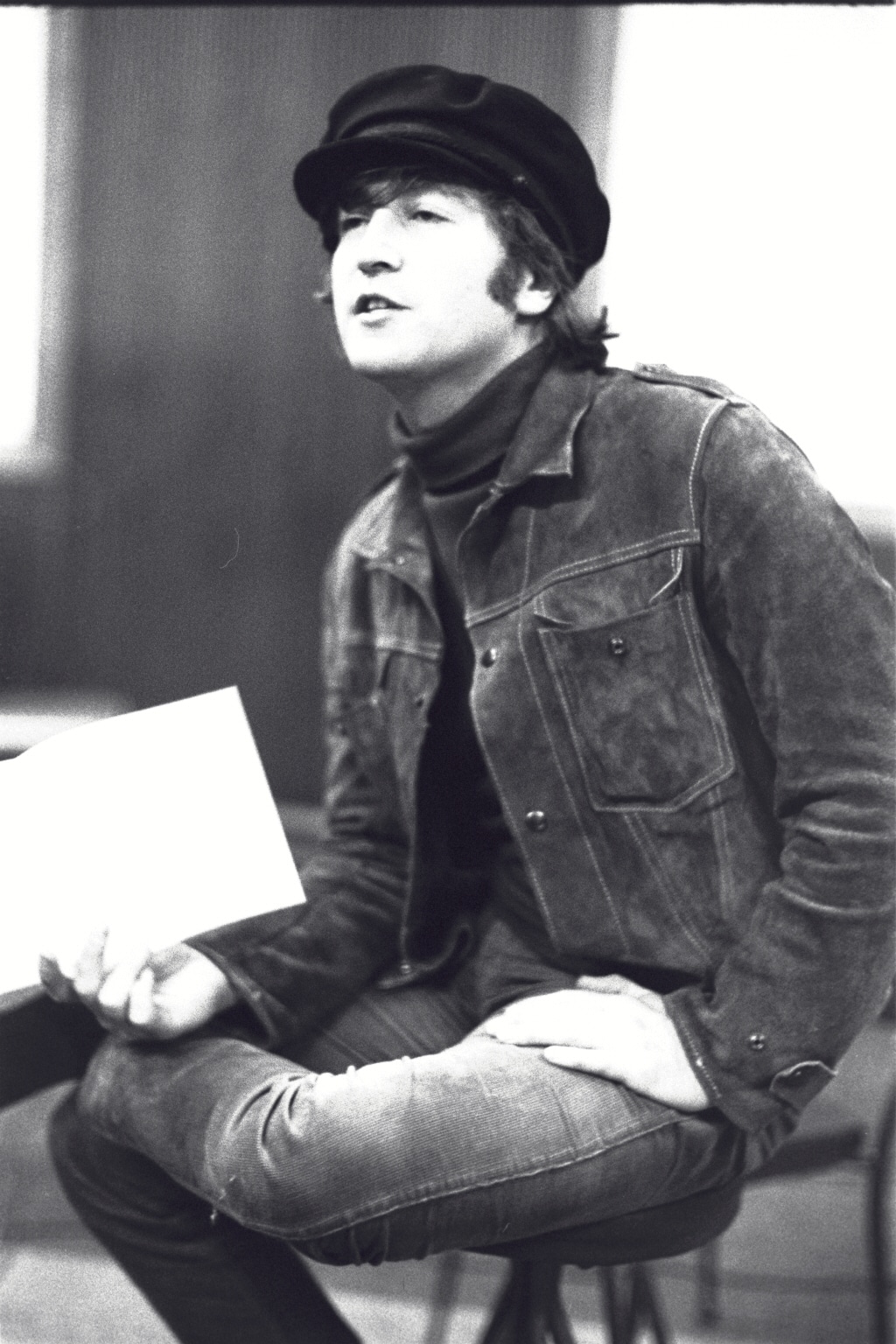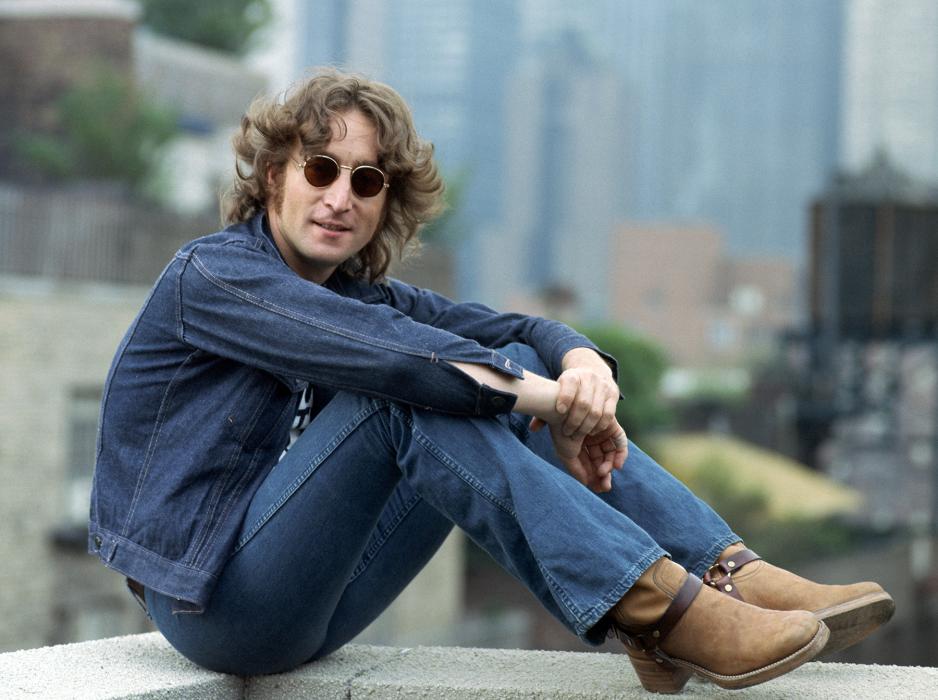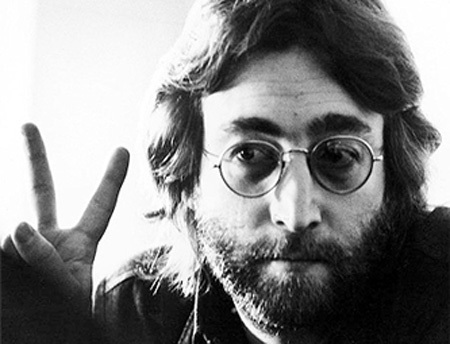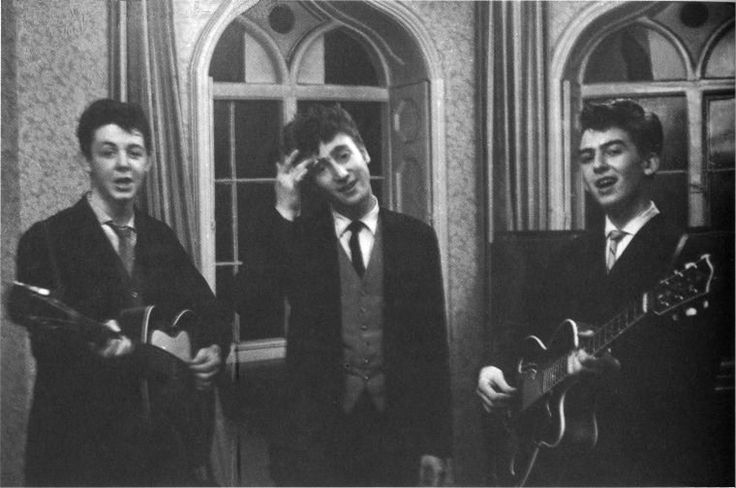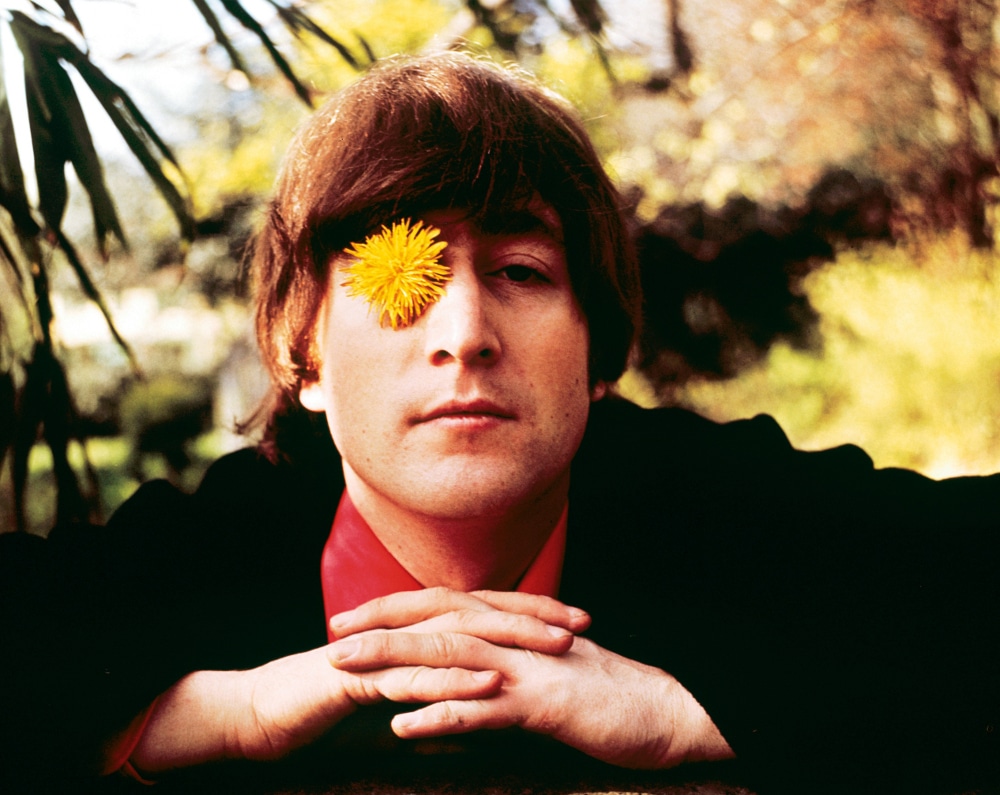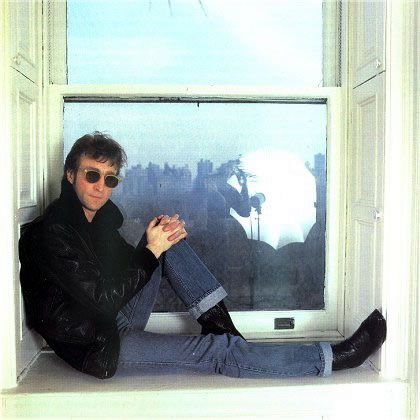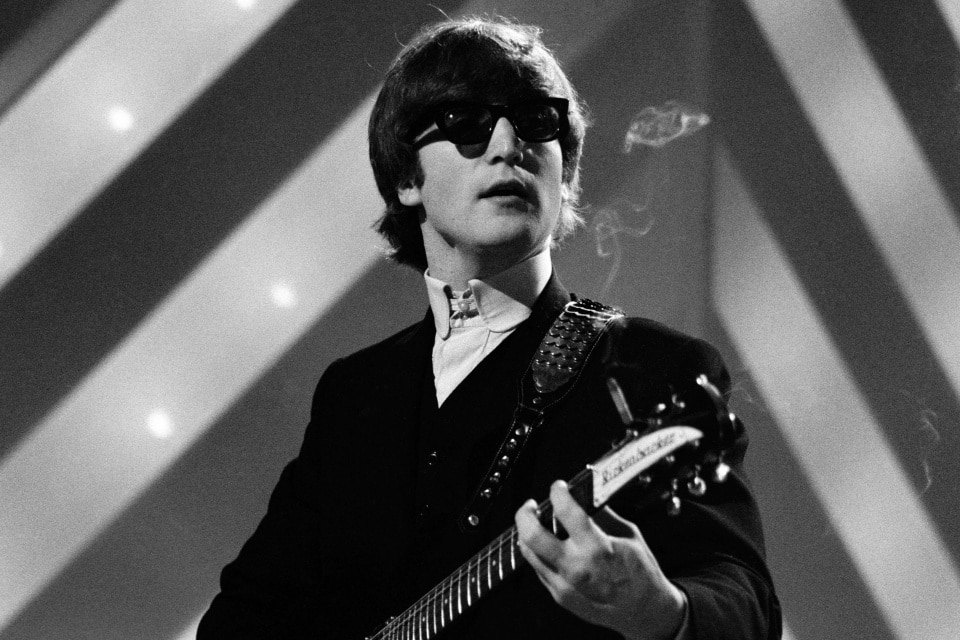If you’re a Beatles fan hungry for new material about one or all of the Fab Four…or if you’re a researcher seeking authentic, primary source material about John’s solo years, look no further than Jay Bergen’s book, Lennon, the Mobster, & the Lawyer, The Untold Story. This 2022 publication is a gold mine! Bergen was John’s attorney in the case against mobster Morris Levy, who tried to market a bootleg of John’s Rock ‘n’ Roll LP that Levy called Roots. And Jay has his own personal story of his days preparing for the trial as well as John’s lengthy and insightful court testimony to share with you. This is factual, documented material you’ve never read before. And it is fascinating!
Jay himself is fascinating. An esteemed New York litigator, Bergen represented the New York Yankees, then-Cleveland Indians, Cincinnati Reds and San Francisco Giants in the 80s/90s Major League Baseball salary arbitration with their players. He also represented Albert Grossman, Bob Dylan’s first manager, in litigation with the star.
But, as you will see in the interview below, Jay is also down-to-earth, gregarious, and extremely kind. Over the course of the Roots trial, John and Jay became friends, sharing many conversations, lunches, and walks together. This is a story that will not only inform you about John’s creative process, his love of 1950s music, and his passion for his work, but will also give you a new glimpse at John, the man.
After 36 years of research on John Lennon, I found this one of the best books ever written about his life in the 1970s. Let’s meet Jay and hear more about this riveting story…
Jude Southerland Kessler: Jay, for those in our Fest for Beatles Fans family who don’t know the stories of John’s legal troubles in the mid-1970s, please give us a synopsis of what happened to precipitate the Roots trial against Morris Levy.
Jay Bergen: In 1970, Morris Levy filed a lawsuit claiming that “Come Together,” written by John Lennon, infringed the copyright to “You Can’t Catch Me.” It was one of Levy’s bogus infringement claims for which he was notorious. The case was coming to trial in NYC in October 1973, but during that time frame, John was in LA recording an album of oldies rock ’n’ roll with Phil Spector producing. John did not want to leave LA, so he settled the case by agreeing to record three Levy-owned songs, including “You Can’t Catch Me,” on his “next album,” which was supposed to be John’s oldies album.
Spector disappeared with the LA master tapes. It took Capitol Records six months to get the tapes from Spector and send them to John in NYC. They arrived when he was ready to record new songs he had written at the Record Plant. John knew the Spector masters required a lot of work so he put them aside and recorded the new songs. That was Walls and Bridges released in September 1974. Levy knew that rock ’n’ roll oldies could not be on an album of John’s songs but still claimed that this was John’s “next” album and John had not complied with the settlement.
Levy then demanded a meeting with John on October 8, 1974. Levy, John, May Pang, and Harold Seider, John’s business advisor, met, and Levy claimed in January 1975 that John made an agreement that night allowing him to release the oldies album on TV on a worldwide basis.
In February 1975, Capitol learned that Levy was buying TV ad time to advertise a bootleg unfinished version of John’s oldies LP that he was calling Roots. John finished his album and Capitol rush released John Lennon Rock ’n’ Roll on February 13th. Levy then stopped his TV ads – after selling 1,270 albums. He then filed a lawsuit against John, Capitol Records, EMI Records, Harold Seider, and Apple Records alleging breach of contract, fraud, and other false claims. Two weeks later his lawyers filed a federal antitrust case against the same defendants alleging $14 million in damages.
Kessler: How did you become John’s attorney and how long did you work to gather data for the case? How involved was it?
Bergen: On February 3, 1975 my partner David Dolgenos – John’s lawyer in connection with the dissolution of The Beatles partnership – asked me to attend a meeting at Capitol’s offices about a rumor that Morris Levy was going to release a bootleg John Lennon album. While I was meeting with three Capitol lawyers, John Lennon suddenly entered the room. I was stunned since I didn’t know he was going to be at the meeting. John filled us in on his contact with Levy and this possible bootleg album.
During the meeting, I asked John how long it would take to finish the oldies album. He said it would take two days, and he wanted to finish it now. Once John delivered the finished album, Capitol could release it in a week to ten days. So that’s what happened.
Even before the first lawsuit was filed, I began interviewing John, May Pang, and Harold Seider in more detail because I wanted to get the facts about all of the dealings with Morris Levy down pat. In the course of doing so, I also learned that Levy was connected to the Genovese crime family in NYC, that he was really a bad guy, and that he had been in “business” with the Mafia for many years.
Pulling together all of the facts was involved because I learned that John had spent time with Levy at a club/restaurant where Levy was a member. I also discovered that in October 1974, John had taken the band with whom he was going to record some new tracks for the oldies album to Levy’s farm for a weekend of rehearsals. More disturbing was that John had accepted Levy’s invitation to spend part of the Christmas holidays with May Pang and his son Julian, who arrived from England at Disney World in Florida. This series of events could be interpreted as evidence that John and Levy were close friends and that perhaps they had made a deal!
Kessler: So, John agreed to be very active in the case against Levy… to be present in court, to give testimony, and to assist in any way possible. Do you feel that John contributed to the case against Levy and to the success of your litigation? If so, how?
Bergen: Yes, John was in court every day, even when he did not have to testify. I think that impressed Judge Griesa because it showed how important the case was to John. Yoko Ono was there also when the trial was spread over January, March, and April 1976, twenty days. Levy was not present very often. Since John was there every day, he was able to watch each witness and see how the judge ran the trial. John knew what to expect when he testified.
John was the best witness I ever had. He was willing to review all the facts and prepare for his deposition and trial testimony. While the judge was a trained musician, he knew nothing about The Beatles or John Lennon or rock ’n’ roll music. John explained his entire process of producing records, the amount of space needed between each track, how long each side of an LP should be, etc. The judge was really into it, so he and John would have these long question/answer periods which drove Levy’s lawyer crazy. He’d try to object, but the judge ignored him.
Kessler: Before you really began work on the case full-scale, you were asked to the Dakota to meet Yoko and chat with her. Please tell us about the meeting…a meeting that you categorize as “an audition.”
Bergen: Sometime in late March, John called me and asked me if I could come up to the Dakota the next morning at 11 AM to meet Yoko. He said, “She just would like to meet you.” When I arrived, we sat in their big living room overlooking Central Park. John was not there.
Yoko had read the two complaints and asked me a series of questions about them. She also wanted to know about my background and experience as a trial lawyer. She was very interested and asked very good questions. She was extremely smart. She politely grilled me. After about an hour or so, she told me that John and she were very worried about Levy’s cases; she emphasized that all John and she wanted to do was hold down the amount of money that John would owe Levy. I told her that if I had anything to say about it, John would not owe Levy anything! That was my goal.
She finally stood up, said she was glad to have met me and thanked me for coming.
You might say I was naïve, but it wasn’t until many years later that I fully realized that our meeting was an “audition” so to speak…and that if Yoko had not liked me and thought that I was not the right lawyer to represent John, I would have been replaced.
Kessler: Jay, one of the most interesting parts of your book was John’s court testimony about how involved he was in the creative process for each of his solo LPs (just as The Beatles were actively involved in the making of their LPs.) Tell us about John’s involvement in insuring that each LP was special…and if you would, please share some passages with us that John actually said about that process.
Bergen: It’s really hard to describe John’s “involvement” as you say, without reading the entire two chapters — “How We Learned The Trade” and “John’s Creative Process” — in which some of his testimony is set forth. Let me insert the portions of that testimony:
Bergen: Now, would you generally describe the recording processes for the Court from the moment you got into the studio?
Lennon: Well, it varied from artist to artist.
Bergen: In [your] experience tell us what procedures you followed?
Lennon: In general, I take the group into the studio, and in general, I record my own songs, so I have to teach them the songs, either in the studio or outside of the studio. Generally, I teach them inside the studio, like a rehearsal or run-through.
And for that we would put it on just a one track or a two track. We would not waste time setting a 16-track machine, which costs money for the tape, and it is not worth it. So, we just run rehearsal on a smaller tape. And then we will try after we run through all the songs, and I have decided which ones they seem to be getting the best, after two days of that, say, I will start laying down the basic tracks for the first song. It usually take[s] the engineers an evening or half an evening to get the sound of the drums, then the sound of the bas[s], then the sound of the guitar, then the sound of the piano, and then a combination of all those people playing at once.
Bergen: You mean, to get it at the right level?
Lennon: The engineer has to know virtually what the drum is going to do, what it is going to sound like when it is hit, whether it is going to distort, so that there has to be an interruption and a sound check without having anything to do with the song, then rehearse the sound without me. The engineer will say drummer, drum, play your tom-tom, and he will play the tom-tom and adjust the mikes and move them around and play the tambourine or cymbals. They have to go through the whole thing before they even start the session.
Usually, I hire the studio, so I know I am going to be there for a month; I am usually there for ten days with the musicians, and so all the instruments are set up already, but even with that, after the run-through and the sound check still each night they will run through the sound of the instruments again, because people come in and move microphones, or the musicians forget and they kick the amplifiers or they change the volume.
Bergen: You mean then before you start the sessions?
Lennon: Yes, every night. That is why we get there early and I generally like to sing with the musicians. I may be in a booth that is supposed to be soundproof.
But I like to sing with the musicians, because then I get the rhythm; I like to do it by feel. Quite often I can’t use my vocal, but at least I know how it was.
Bergen: When you say you can’t use the vocal?
Lennon: I can’t use [it], sometimes it is no good, and I like to play an instrument myself. So, if I am lucky, I get a vocal. But even though I am singing, I have to be listening to the drummer and the bass player and all. I go around and say, “Has anybody got any secrets I didn’t hear?” Sometimes they [tell] you when it is too late, “Oh, yes, I played a wrong note here.” “Why didn’t you tell me? I didn’t hear it.” So, it is a matter, I have to produce it listening hard and do this for ten days usually. I usually put ten tracks on an album. I will tell you the reason if you want to know.
Bergen: Yes.
Lennon: In general, I put ten tracks because I have learned over the years — well, everybody knows this — after you get past 20 minutes the volume of a record has to go down, and it has something to do with the grooves getting thinner. I have had records over 20 minutes, but when it gets over 20 minutes, the volume goes down, and if you average out ten songs it works out to about 20 minutes a side. So it usually takes about ten days to [p]lay the basic tracks down with the musicians, and then usually I send them home, and if I am going to overdub, like a saxophone or xylophone or flute or whatever, I want to put it on, then I will hire a new lot of people with those instruments.
Bergen: Talking about how long a record should be, what you mean is that there is just so much space on each [side] of a record for the sound that is going to be of a proper quality?
Lennon: Well, it is a matter of taste. I am not saying you [cannot] have more.
Bergen: I am talking about what you do.
Lennon: [It can] be done to 28 minutes, but I don’t like to do that, because I want the record loud, and if the groove is deeper you can get more bass drum, and it even goes to the selection of what to put nearest to the center of the record, because the nearer to the center of the record you get the quieter it has to be. The grooves change when you get to the middle. That is what I have learned from the engineers.
Bergen: You say you like the records loud?
Lennon: Yes, I like them to have depth.
Bergen: If you put your record on at a certain sound, say my stereo at home, it will play [at] a certain level, if you put on another record without adjusting the volume it may not be as loud?
Lennon: That is quite possible, yes.
Bergen: Now, you started talking about the next step after you finish the first basic tracks with the musicians. What is next?
Lennon: Every time I go in, I relearn the whole business. So, sitting here cold it is hard to remember what I do next. Probably I take those things home, play them on a cassette, listen to them, and decide what kind of instrumentation I want to put over the top of it.
Bergen: You mean what instruments in addition to the basic instruments that have been put on by you during these ten days?
Lennon: There is a chance that I have a few things I want to do with the tracks. In the meantime, I take them home and listen, or go to the studio and listen, and then decide the next phase, whether I am going to put in a rhythm section or something else.
This concludes the court testimony in Lennon, the Mobster, & the Lawyer, The Untold Story found on pp. 131-137.
Kessler: Jay, why was John’s testimony on this matter so crucial?
Bergen: Because John had to explain to the judge how careful he was in producing his albums – which was the exact opposite of what Levy did with the 7 1/2 inches per second unmixed and unfinished two-reel tape of the album John gave him just to listen to! Levy kept hounding John for a tape so he could hear the three songs owned by his publishing company that John had to have on his next album. Through John’s testimony, we had to make the judge understand that John had not given Levy the two tapes so that Levy could begin marketing them as the finished album.
Kessler: Jay, another section of the book that I, as a Lennon biographer, especially enjoyed was his testimony about what each song on the Rock ’n’ Roll LP meant to him. Can you tell what he said about “Bring It On Home To Me” “Bony Moronie,” and “Slippin’ and Slidin’.”
Bergen: John had reasons for each of the songs on the album and he testified that he was the only one who knew those reasons. For example:
“Bring It On Home To Me” is one of my [all-time] favorite songs, and, in fact, I have been quoted as saying I wish I had written it, I love it that much, and I was glad to be able to do it.
“Bonie [sic] Maronie [sic]” was one of the very earliest songs, along with “Be-Bop-A-Lula,” and I remember [sing]ing it the only time my mother saw me perform before she died. So I was hot on “Bonie [sic] Maronie [sic].” That is one of the reasons. Also, I liked Larry Williams, who recorded it.
“S[l]ippin’ & Slidin’,” the B side of Long Tall Sally, which is the first Little Richard song I ever heard and was also recorded by Buddy Holly, so that covers a little of both. It was a song I knew. It was easier to do songs that I knew than trying to learn something from scratch, even if I was interested in the songs.
Kessler: Since the book came out, you’ve been on countless radio shows and podcasts, and you’ve been a sought-after speaker at numerous conventions and special events. You’ve been asked so many questions. If you don’t mind, please ask yourself a question that you haven’t been asked yet and that you want to answer. We’re all ears!
Bergen: I’ve told the story in the book about what happened when I stopped by the Record Plant Studios on my way home the evening of December 3, 1980, to say hello to a client, singer/songwriter Eve Moon, who was recording an album for Capitol Records there.
As I walked into the first-floor reception area on 44th Street just off Eighth Avenue, I was very surprised to see Yoko Ono sitting on a couch at the far end of the room. She immediately said to me: “What are you doing here?” I said “Hello Yoko” as I walked toward her.
I asked how John was since I assumed he was in one of the two studios on the first floor (Eve Moon was in a studio on the 10th floor). I knew that since Yoko was there, John had to be in one of those two studios right in back of me.
Later, on my way out I asked Yoko to give my best to John.
No one has ever asked me why didn’t I check each of those two studios and go in and say hello to John?
I could have easily done that. John would have been happy to see me, I know he would have been. Even though we hadn’t seen each other in four years that wouldn’t have made a difference to him or me. We had defeated Morris Levy together.
For a variety of reasons, I did not have a “voice” in my personal life. I was not like that in my professional life. I developed an aggressive style as a trial lawyer, not to the point that I was obnoxious. But I did not hesitate to speak up in situations where I had to.
That was not true many times in my personal life.
Five nights later, John Lennon was gunned down in front of the Dakota! And I had missed the opportunity to see him one last time.
I’ve replayed that night in my mind more than once over the decades since.
*****
As you can see, Lennon, the Mobster, & the Lawyer, The Untold Story is a remarkable book with facts and stories about John Lennon and his creative work that is extremely important and new! You can purchase the book at the Fest bookstore, on Amazon, or here.
And you can see him in action in this video episode of the “She Said She Said” podcast with Lanea Stagg of the Recipe Records Series and me:
Follow Jay on Instagram, Twitter, and Facebook
I also highly recommend the superb audiobook of Lennon, the Mobster, & the Lawyer, The Untold Story which is available on Audible. Scott McKinley, who does the professional voice work for this book, is amazing! His John Lennon is spot-on! McKinley keeps you so engaged that you can’t tear yourself away! I carried my phone around for days, listening to the audiobook. You will really enjoy it, trust me. Find it here.








